How many rare coins are in our pile of 100,000 one-yen coins?
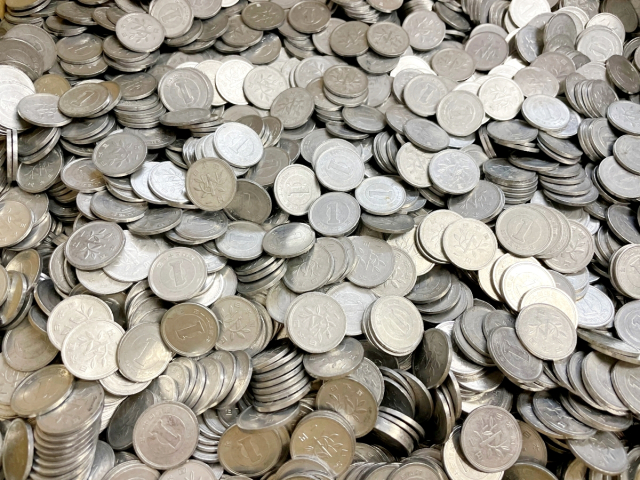
One-in-100,000 to find a rare coin seem like reasonable odds.
It was New Year’s 2018. A plucky young start-up named The Walt Disney Company had just bought out 20th Century Fox, and thus completed their ownership of every movie ever made. Meanwhile, the head of this website, Yoshio, graciously headed over to his local bank to withdraw 100,000 yen (US$910) as an added gift for his hardworking staff.
However, in his desire to make it a memorable bonus, he misguidedly decided to distribute it entirely in 100,000 one-yen ($0.009) coins.
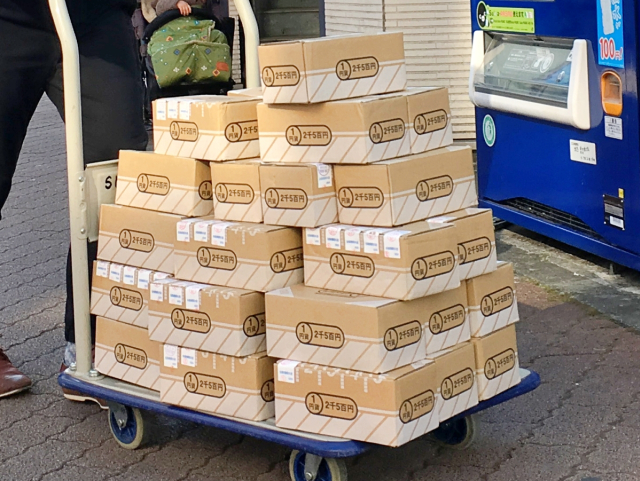
Needless to say, it did not go over well with the staff, and to this day all of the coins have been sitting in a corner of the office.

To add insult to injury, Yoshio had to pay an additional 86,400 yen ($787) in service charges to acquire such a large amount of one-yen coins, so he shuddered to think about what the cost of returning them might be.
It wasn’t until recently that one of Yoshio’s famously genius ideas came to him. What are the chances that a valuable rare coin might have ended up in those stacks of 100,000 pieces?
To find out, he decided to get them all appraised and immediately went over to his most trusted employee, Ahiruneko, who had been by his side for all of his schemes from the AS Field social distancing tech to the XMC-06 wet-crotch prevention gear.

“Say there, Ahir…”

“That’s a terrible idea.”

“I didn’t even say anything!”

“It’s never going to work.”

“Wait a sec. Is that any way to talk to your boss?”

“Get lost.”

“…”

“Take a hike, sir.”
Yoshio was dejected and walked away with his head hung low. He had never felt more alone then at that moment, but at the same time he never felt more in tune with a one-yen coin, often considered the most despised of coins.
One truly is the loneliest number, so Yoshio decided to take them back to the warm home of his family, who after yelling at him for bringing a pile of dirty coins into the house, begrudgingly decided to help him.
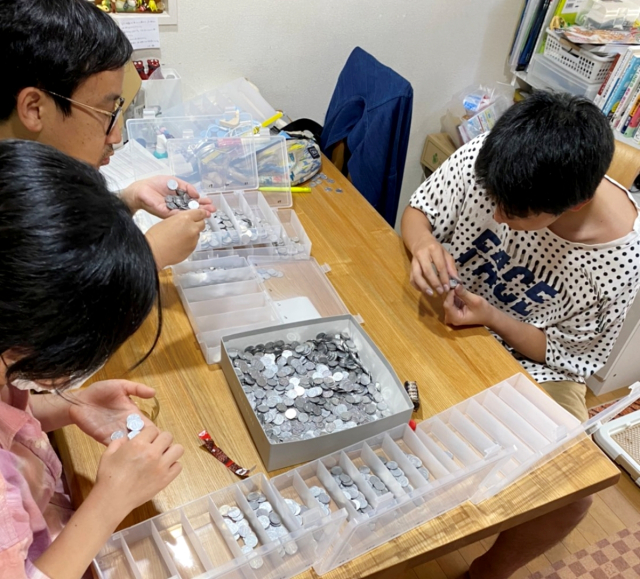
Meanwhile, Ahiruneko began to feel guilty about the way he told off his boss. He was sure whatever idea Yoshio had was terrible, but still, he could have handled it better. He also began to worry that Yoshio hadn’t shown up to work in weeks and perhaps fell into a pit of despair, but suddenly an email arrived with the following picture attached.
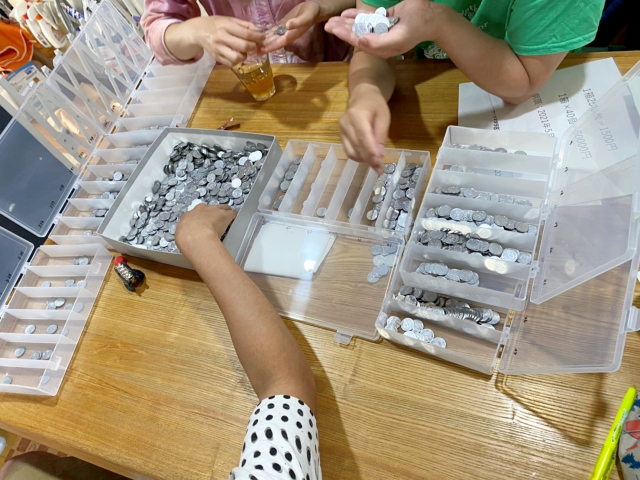
It was Yoshio and his family sorting the thousands of one-yen coins, he explained that they had been busy doing it for the better part of a month. A few days after that, he returned to the office with the fruits of his labor.
▼ Yoshio: “I did it!”
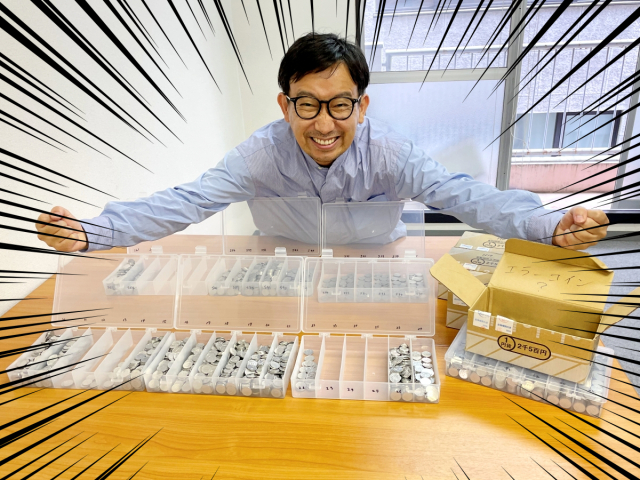
All 100,000 coins were sorted by year, but some cases were empty because in certain years, such as 2011, 2012. 2013 and 2016, new one-yen coins weren’t put into circulation. They do exist though for some reason, and certainly would have been worth something if he had found one or two.
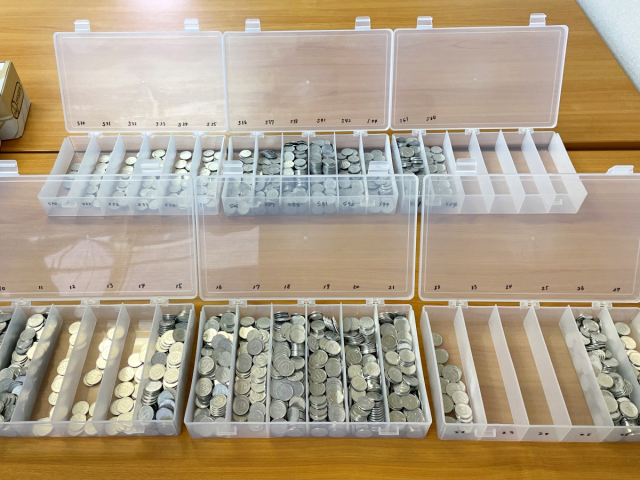
▼ Ahiruneko: “What’s that ‘ERROR COIN?’ box?”
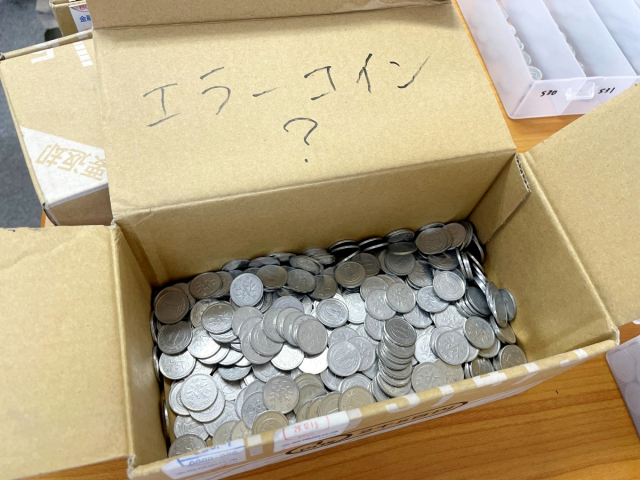
“That?” replied Yoshio, “Oh, those are coins that appear to have some sort of defect that might make them more rare and valuable.” He showed Ahironeko one of the possible defects and a regular one-yen coin. The face appeared to have an extra ring imprinted around the “1” that may have been done at the mint.
▼ Error? (left) and normal (right)
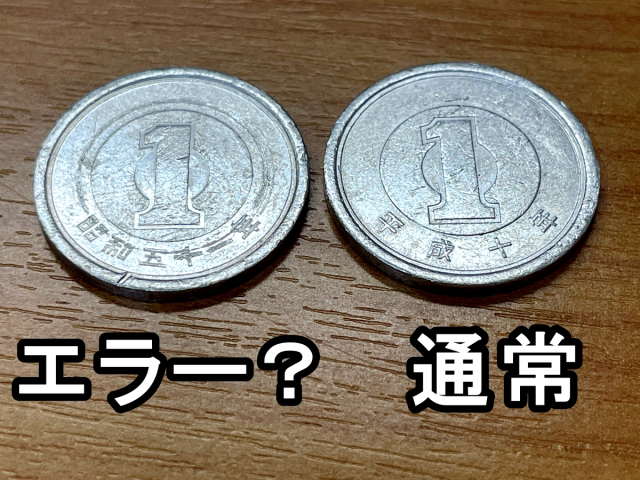
Yoshio also explained that there were so many coins his fingers began to turn silver.
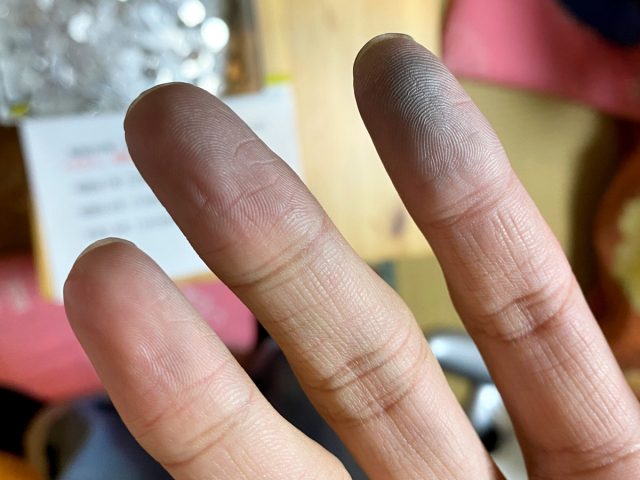
So, instead he hired his two nephews to sort part-time.
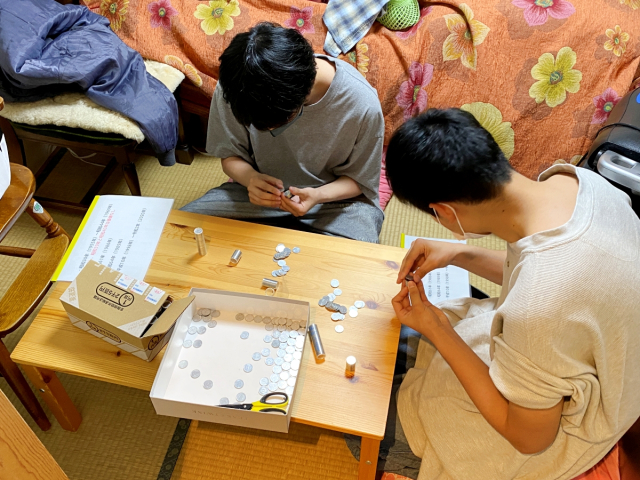

“Wait a minute. So…you paid them? How much?”

“Sigh… Ahiruneko, you’re not looking at the big picture here. I read that some one-yen coins can be worth up to 3,000 yen ($27), and the chances of finding one is about 0.1 percent. So if I get 3,000 yen per 100 coins, then I estimate a total yield of 399,900 yen ($3,642). Almost four times the initial amount!!!”
Yoshio’s math didn’t really make sense, but even if he was partially correct, he was right that he stood to make a fair bit of extra change from his huge pile of useless change.
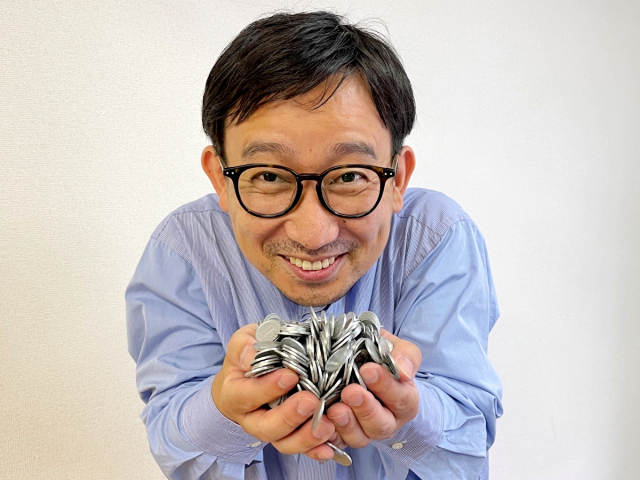
The next day Yoshio and Ahiruneko went to Shimbashi Stamp Trading in Minato, Tokyo with the sorted coins in tow.
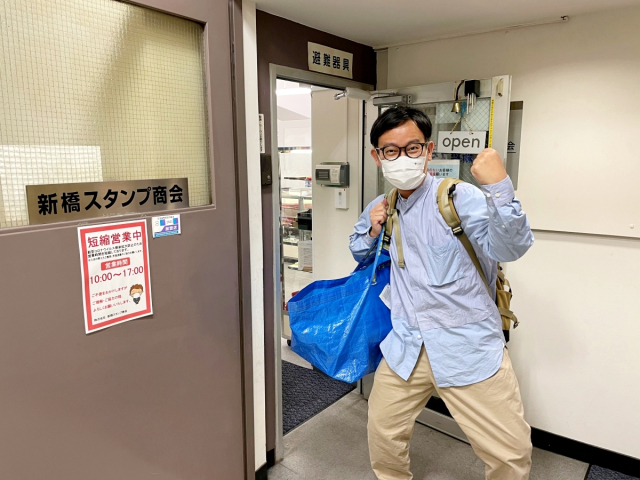
There they met with Minoru Terada, a coin appraiser who has appeared on TV numerous times for his expertise. He had an air of being all business and would surely give the definitive answer on the true worth of this money.
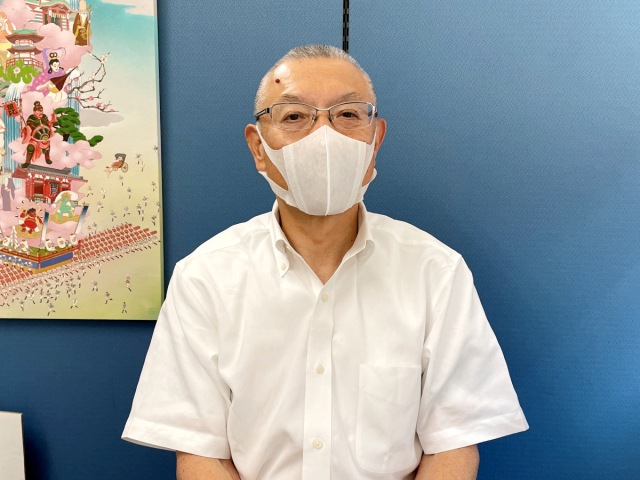
However, before getting to the appraisal, Yoshio asked Terada why he couldn’t get any one-yen coins from certain years, even though they were reportedly minted then. Terada explained that no one-yen coins were put into circulation those years but they were created for use in commemorative coin sets sold by the Japan Mint.
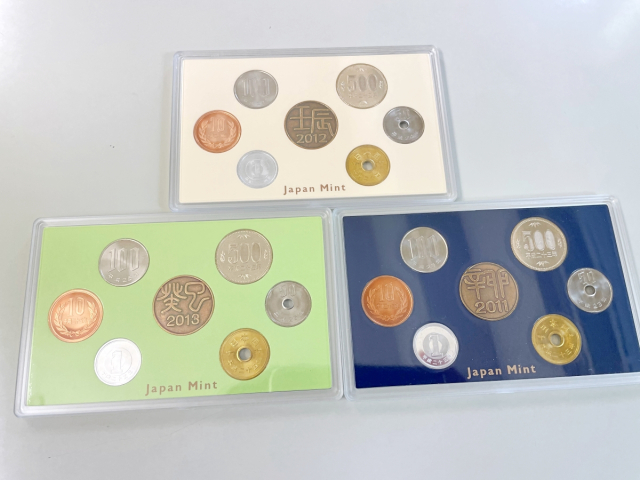
Yoshio was happy to get closure on that mystery, but now it was back to the matter at hand.

“So, how long will it take to…”
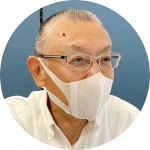
“I’m finished.”

“Wha?!”
▼ Terada: “These coins are all worthless.”
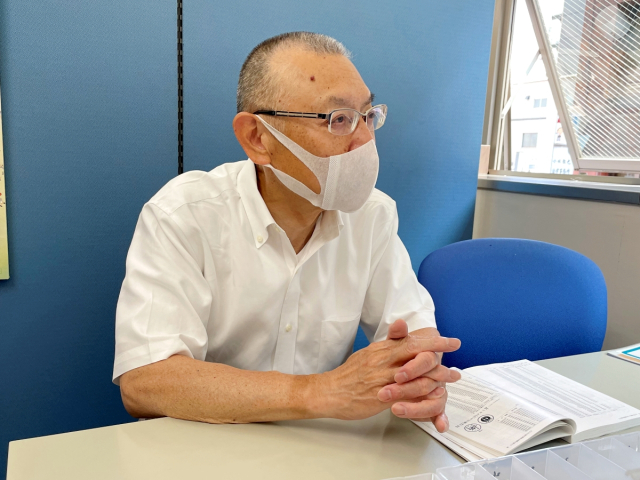
Yoshio was in shock, but Terada explained that all those coins were clearly worn down too much and too dirty to be of any additional value. Even if Yoshio took the time to clean and polish each one, they’d probably still have scuffs and scratches that would destroy any premium value they might have had. There were some exceptions, such as a 1958 one-yen coin, which is so rare that even damaged it has some value, but could also sell for as high as 30,000 yen ($273) in mint condition.
Nevertheless, since Yoshio’s collection was so carefully arranged by year, it was easy to see that he had no such coins.
▼ Yoshio: “I see…”
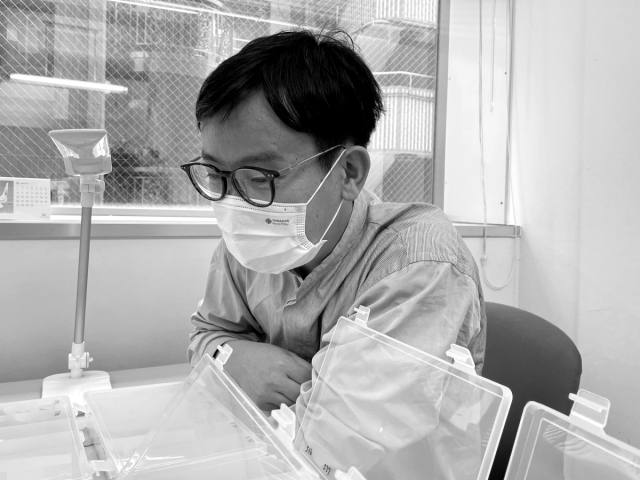
If was far from the result he was expecting, but Yoshio still had an ace in the hole. He pulled out his ERROR COIN? box and showed it to Terada.
▼ Terada: “What’s this?”
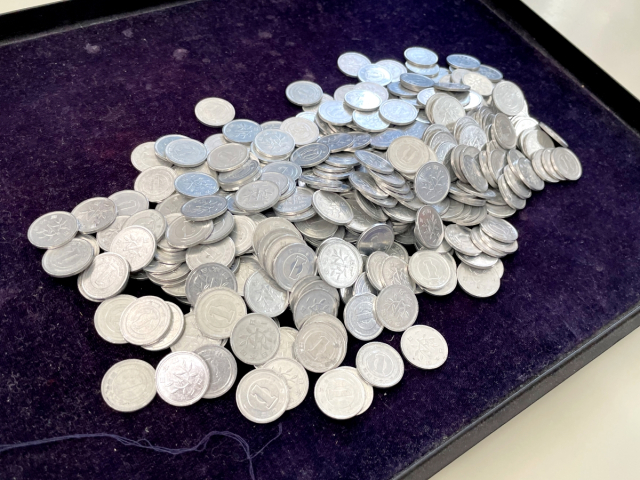
▼ Yoshio: “Check it out. This coin has an extra circle around the one.”
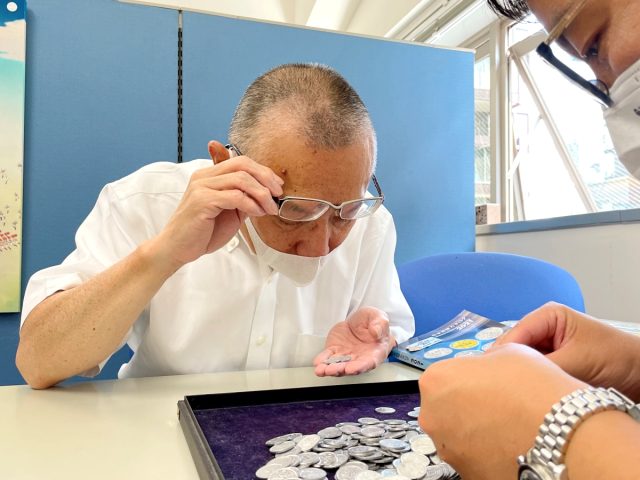
▼ Terada: “That’s strange. Maybe it was pressed by some kind of machine. I’d have to ask somebody about it…”
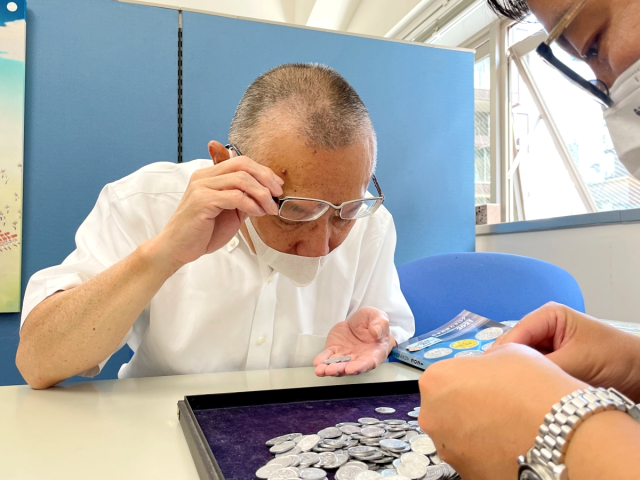

“Sounds mysterious! So, how much for it?”

“Oh, it’s quite worthless.”

“Do you mean priceless?”

“No.”

“Valueless?”
▼ Terada: “I’m not even sure what… Look, it’s still money, so it has some worth, though you’ve somehow managed to diminish even that because I don’t know anyone in their right mind who would accept this many one-yen coins.”
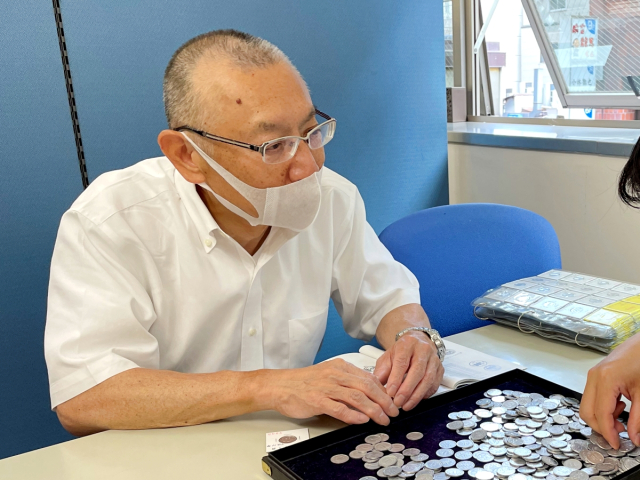
Yoshio fell silent and his face took on a grim expression. “You go ahead,” he told Ahiruneko, “I’ll catch up in a minute.”
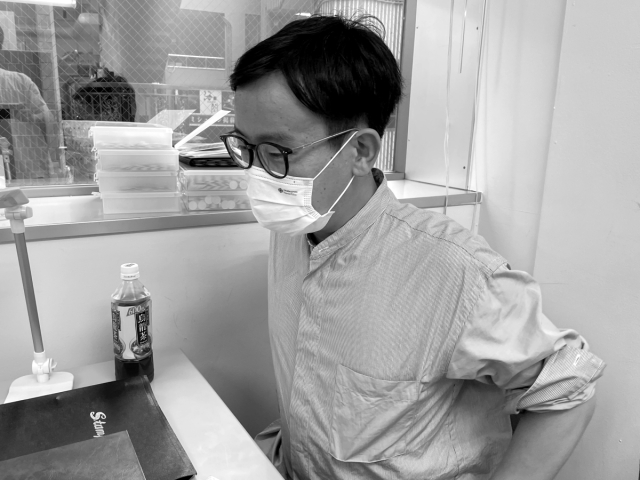
He then walked over to the display case and stared at it silently, looking at all the truly valuable coins that somehow eluded his grasp.
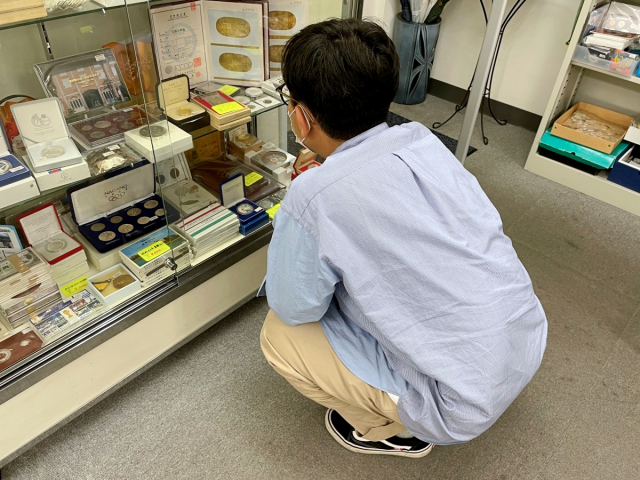
Waiting outside, Ahiruneko grew worried. Normally, at the end of one of his harebrained schemes, Yoshio would somehow look on the bright side of things and walk away smiling. This time seemed different though. Finally, he emerged from the office.
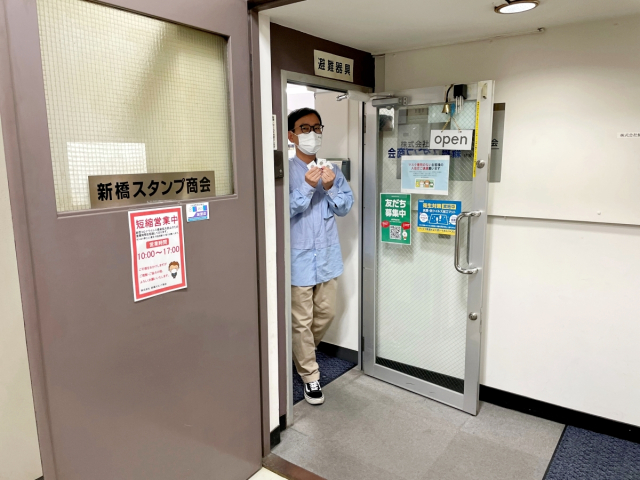
Only he looked really happy for some reason.
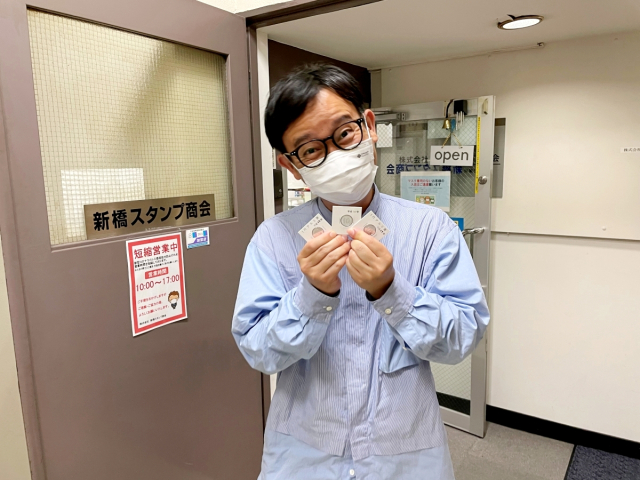
▼ Yoshio: “Check it out! I bought three one-yen coins from 2011, 2012, and 2013 for 3,000 yen each! When my nephews see these they are going to FREAK!”
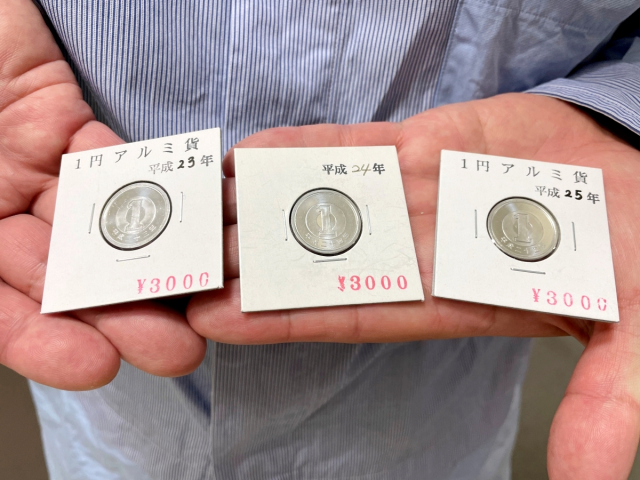
And so, after failing to find any additional value in his pile of coins that he is still unable to get rid of, paying his nephews to sort them, missing about a month of work, paying for the appraisal, and buying three more one-yen coins for a total of 9,000 yen ($82), Yoshio was on top of the world.
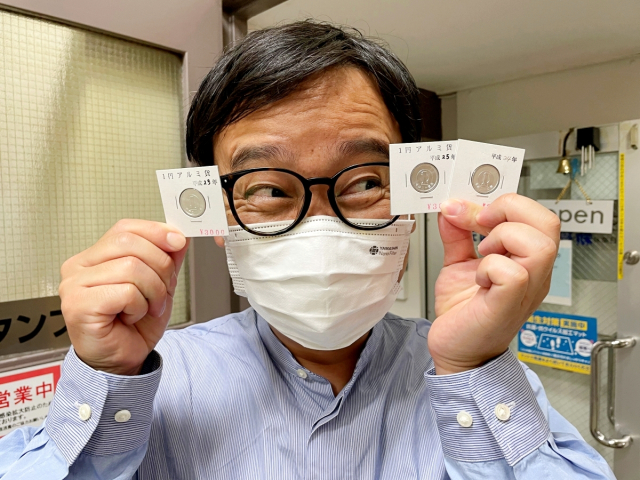
Maybe money can buy happiness after all.
Related: Shimbashi Stamp Trading
Photos ©SoraNews24
● Want to hear about SoraNews24’s latest articles as soon as they’re published? Follow us on Facebook and Twitter!
Credit:

0 comments: